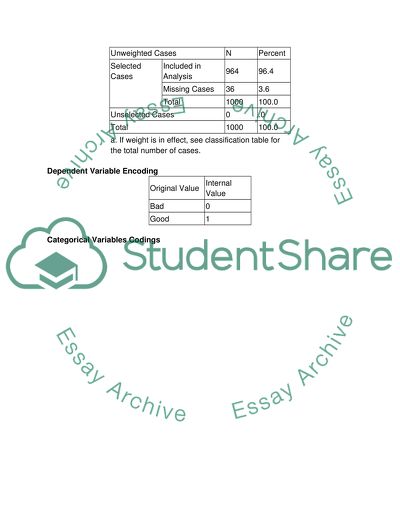Cite this document
(“Logistic regression classifier for the churn Data Coursework”, n.d.)
Retrieved from https://studentshare.org/finance-accounting/1416407-logistic-regression-classifier-for-the-churn-data
Retrieved from https://studentshare.org/finance-accounting/1416407-logistic-regression-classifier-for-the-churn-data
(Logistic Regression Classifier for the Churn Data Coursework)
https://studentshare.org/finance-accounting/1416407-logistic-regression-classifier-for-the-churn-data.
https://studentshare.org/finance-accounting/1416407-logistic-regression-classifier-for-the-churn-data.
“Logistic Regression Classifier for the Churn Data Coursework”, n.d. https://studentshare.org/finance-accounting/1416407-logistic-regression-classifier-for-the-churn-data.


